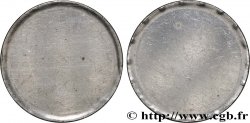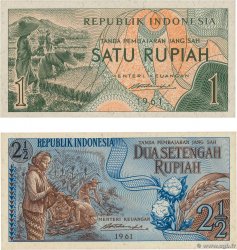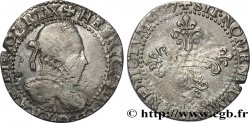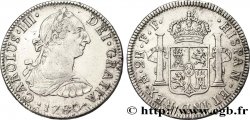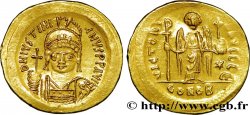v20_1481 - EUROPEAN CENTRAL BANK 5 centimes d’euro, “glissé de frappe” 2002 Stuttgart
MONNAIES 20 (2004)
Prezzo di inizio : 75.00 €
Valutazione : 150.00 €
lotto invenduto
Prezzo di inizio : 75.00 €
Valutazione : 150.00 €
lotto invenduto
Tipo : 5 centimes d’euro, “glissé de frappe”
Data: 2002
Nome della officina / città: Stuttgart
Quantità coniata : 552130000
Metallo : acciaio placcato rame
Diametro : 21,25 mm
Asse di coniazione : 12 h.
Peso : 3,95 g.
Orlo : lisse
Grado di rarità : R2
Commenti sullo stato di conservazione:
Exemplaire splendide avec d’infimes marques de manipulation
N° nelle opere di riferimento :
Diritto
Descrittivo diritto : Rameau de chêne orné de glands dans un cercle de douze étoiles en creux ; letre d’atelier et millésime de part et d’autre de la tige.
Rovescio
Titolatura rovescio : 5/ EURO/ CENT.
Descrittivo rovescio : La Terre vue de trois-quarts en hauteur avec l’Europe mise en valeur, le tout entre deux groupes de six étoiles formant les douze pays de la zone euro, signature en monogramme LL.
Commento
Ce type de variété provient d’une erreur lors de la frappe : le flan est mal placé et “glisse” sous les coins. cet exemplaire est donc légèrement décentré : le listel est inexistant à gauche du 5 au droit mais très important à droite de la Terre. La tranche reçoit au revers la trace du bord du coin et présente sur une partie du flan comme une cannelure.
This type of variety comes from an error during the striking: the flan is badly placed and “slips” under the dies. This example is therefore slightly off-center: the rim is non-existent to the left of the 5 on the right but very prominent to the obverse of the Earth. The edge receives on the reverse the trace of the edge of the die and presents on part of the flan like a groove
This type of variety comes from an error during the striking: the flan is badly placed and “slips” under the dies. This example is therefore slightly off-center: the rim is non-existent to the left of the 5 on the right but very prominent to the obverse of the Earth. The edge receives on the reverse the trace of the edge of the die and presents on part of the flan like a groove







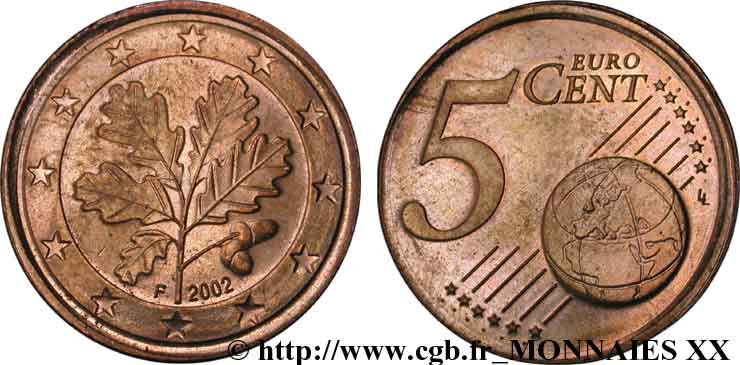
 Segnalare un errore
Segnalare un errore Stampate la pagina
Stampate la pagina Condividi mia selezione
Condividi mia selezione Fai una domanda
Fai una domanda Consegnare / vendere
Consegnare / vendere
 Descrittivo
Descrittivo


